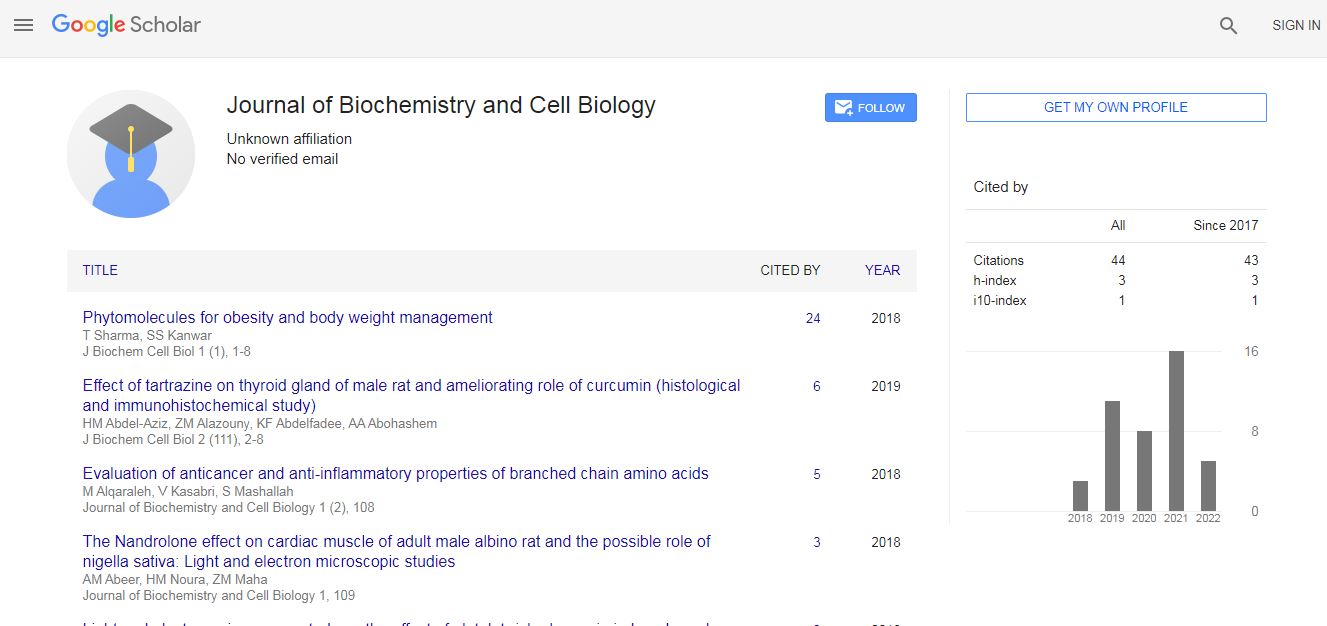In Vitro Antibacterial Activity and Phytochemical Screening of Leaf Extracts of Erythrina Species
*Corresponding Author: Feleke Worku, Department ofChemistry, Debre markos University, Debre Marqos, Ethiopia, Email: felekeworku14@gmail.com
Citation: Worku F (2021) In Vitro Antibacterial Activity and Phytochemical Screening of Leaf Extracts of Erythrina Species. J Biochem Cell Biol 4: 100.
Copyright: © 2021 Worku F. This is an open-access article distributed under the terms of the Creative Commons Attribution License, which permits unrestricted use, distribution, and reproduction in any medium, provided the original author and source are credited.
Abstract
The Present work was conducted to screen type of phytochemical constituents present in various extracts of Erythrina species leaves. Phytochemical of species were investigated for the presence of bioactive compounds. The phytochemical screening was conducted using water, chloroform, petroleum ether ethyl acetate and methanol extract of the plant. The study for antibacterial activity of leave extract of Erythrina species was conducted against Gram positive bacteria of Bacillus aereus and Gram Negative of Escherichia coli, Pseudomonas aueroginosa and Klebsiellapneumonia by using plate agar diffusion method that was employed to assess the antimicrobial activity of the prepared extract. The plant extracts were screened for the presence of alkaloids, glycosides, saponins, phytosterols, triterpens, phenols, tannins, flavonoids, diterpenes, anthraquinones, coumarin and Steriodal. This confirmed that Erythrina species leaves were the main sources of secondary metabolites. The extracts showed significant antibacterial activity in all gradient solvents.

 Spanish
Spanish  Chinese
Chinese  Russian
Russian  German
German  French
French  Japanese
Japanese  Portuguese
Portuguese  Hindi
Hindi 
